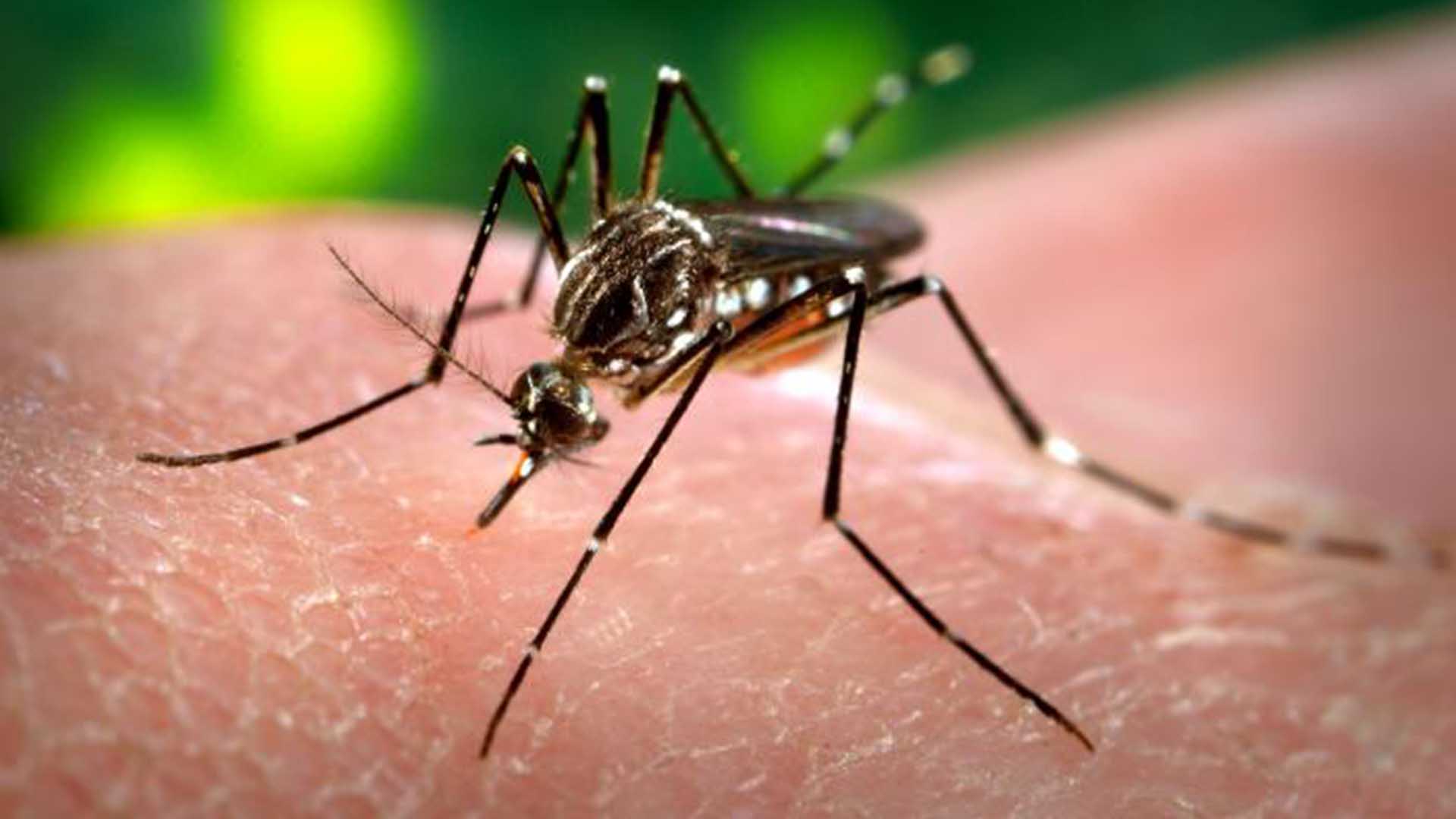When you turn on the TV or open your internet browser, chances are you’ll see a Zika virus headline, causing justifiable worry about becoming infected. Learn where Zika is
 Photo by: Shutterstock
Photo by: Shutterstock
You want to keep your family safe, especially if you’re a woman who’s pregnant or trying to become pregnant. So it helps to know where the Zika virus is, whether you’re planning your family vacation or just your weekend agenda with friends.
CAN YOU GET ZIKA IN THE UNITED STATES?
The Asian tiger mosquito and the yellow fever mosquito are the primary carriers of the Zika virus. And both are found in the US.
Though Zika is not widespread in the U.S., it is here, and it arrived indirectly. People who have traveled to Zika—affected countries and became infected brought the virus with them to the U.S. when they returned, infecting others with Zika in several areas of the coun
try. This includes areas in Illinois, Florida, Texas, Utah, New York and New Jersey.
In fact, there’s currently growing concern in Florida, where the Florida Department of Health
identified an area in northern Miami where mosquitos are spreading Zika. As of Aug. 11, 25 people in that community were infected, apparently by local transmission.
Although the first locally transmitted Zika virus case in the U.S. was reported in Puerto
Rico, this is the first Zika outbreak caused by infected mosquitoes in the U.S., not like the indirect exposure mentioned above. Fortunately, officials believe the risk is in an area of only one square mile.
So far, there’s only been “local limited transmission” of Zika, and it’s thought to stay that way. According to the Center for Disease Control and Prevention (CDC), widespread transmission in mainland U.S. is not likely.
OTHER ZIKA AFFECTED COUNTRIES
The World Health Organization (WHO) declared the Zika virus a global health emergency. That is because the virus is spreading far and fast, and it can come with some serious consequences.
There’s a long list of Zika—affected countries. Some have limited transmission – like the U.S. – while others have widespread out
break.
The majority of these countries are in South America, the Caribbean and the Pacific Islands.
THE HISTORY OF THE ZIKA VIRUS
It all goes back to 1947 in Uganda when the Zika virus was first identified in monkeys. The first human case was found in Nigeria in 1957.
Zika was only known to be confined to a small area of Asia and Africa, remaining le
ss of a threat than other mosquito-borne diseases like malaria and dengue.
Then last May, an outbreak was discovered in Brazil, initiating the current spread and anxiety.
CAN YOU TRAVEL TO AREAS WITH ZIKA?
Because of the virus’ link to birth defects in babies, it’s advised that pregnant women and couples trying to conceive should avoid traveling to Zika
—affected areas. And those who have traveled to said areas should wait at least eight weeks before trying to conceive.
In addition, pregnant women already living in Zika—affected areas – or those who frequently travel there – should be tested for Zika in the first and second trimester of pregnancy according to the CDC.
The U.S. Food and Drug Administration (FDA) recommends NOT donating blood, tissue or organs if you’ve t
raveled to a Zika—affected area in the last six months. Want to know more? Terminix has answers to more of your questions about this virus. You can get the Zika facts here. And for more information on mosquitoes, download our Ultimate Mosquito Guide.



